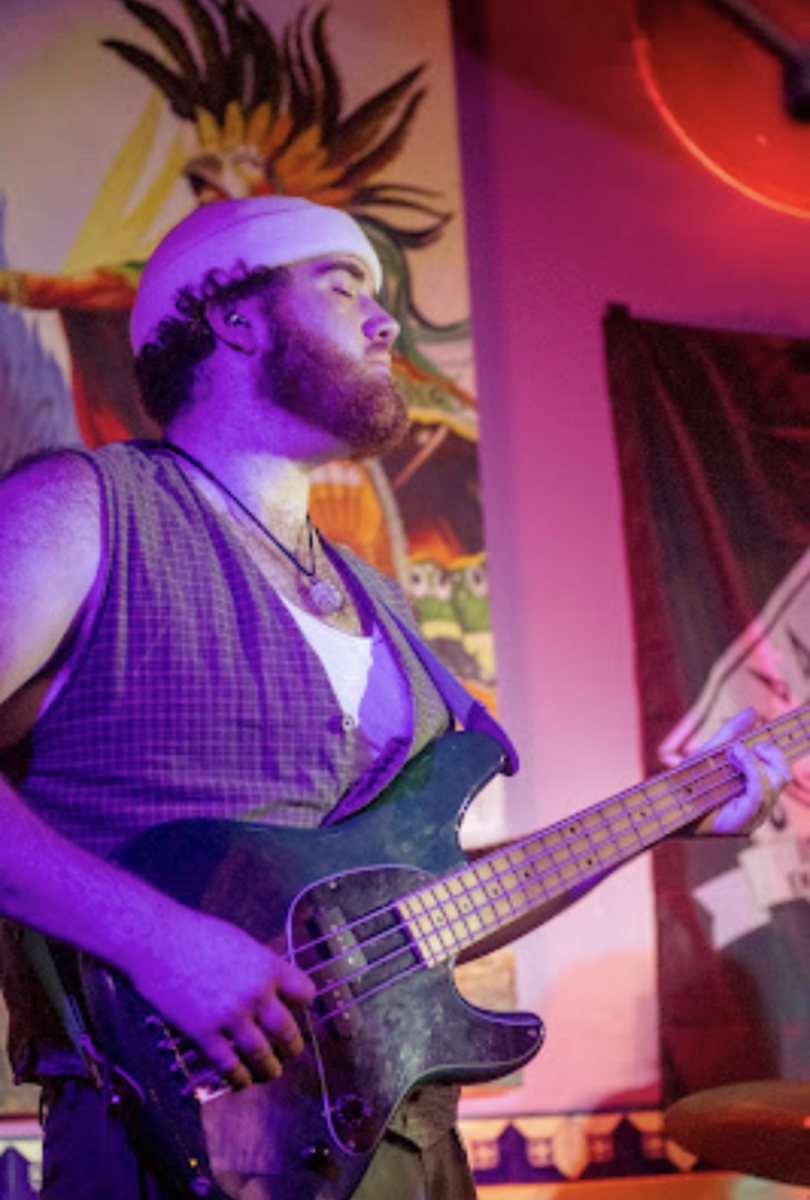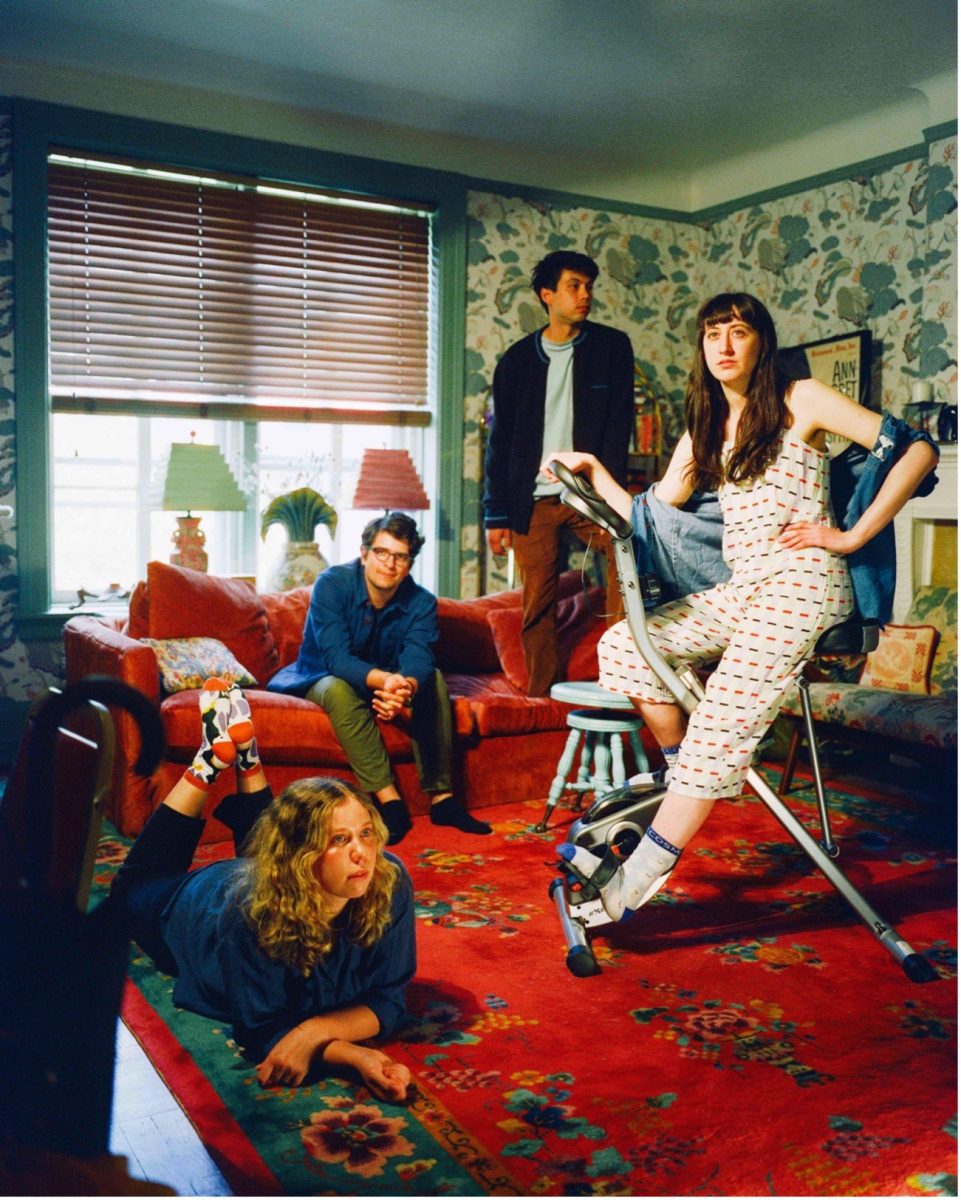
This November marks the 35th anniversary of the release of Michael Jackson’s “Thriller.” The album’s title track rises in popularity this time of year, becoming a staple on Spotify playlists for Halloween parties both formal and casual. The song has become as synonymous with late October as costumes and candy. But how did one song become so attached to the holiday that celebrates the macabre and supernatural?
The story of “Thriller” begins, as most records do, with a producer and a musician. Having split from the Jackson 5 with a few successful solo albums already under his belt, Michael Jackson and producer Quincy Jones set out to make an album that would boost Jackson from pop star to pop sensation.
A valiant undertaking, Jackson and Jones spent several months recording and mixing, working with musicians such as Paul McCartney, Steve Porcaro (of Toto) and Rod Temperton. With signature hits like “Billie Jean” and “Beat It,” Jackson blended lyrics of love –both unrequited and undesired –with the synthesizer melodies and catchy drum machine beats that were signature to the 80s sound. “Thriller” was a commercial success and is still the best-selling album of all time.
But the question remains: why did the fourth track on a successful pop album become so affiliated with the late autumn holiday? It’s actually a confluence of several factors. “Thriller,” written by Temperton, has spooky lyrics that allude to many horror film tropes such as ‘creeping creatures’ and ‘slamming doors.’ In fact, the first thing the listener hears on the track is a creaking door, slow, ominous footsteps, the crash of thunder and a howling dog. Then, the synthesizer builds up until it explodes into the main hook of the song.
The bassline gives the listener a chance to catch his/her breath as Jackson begins the first verse. He narrates the experience of being frightened. Something is not normal, “you see a sight that almost stops your heart.” It puts the listener into a horror movie.
After a few more choruses, Jackson cedes the microphone to Vincent Price, a horror film veteran and friend of Quincy’s then-wife, who gives a bone-chilling recitation of an Edgar Allen Poe-esque gothic poem also written by Temperton. Backed by organ instrumentals, the narration is again something that takes the reader out of the simple ‘listening’ aspect of music and transforms it into a goose bump-inducing experience.
This experience is alluded to in the subsequent music video released just over a year after the album debuted. After seeing his film, “An American Werewolf in London,” Jackson got in touch with director John Landis to discuss the possibility of directing a music video for “Thriller.” Landis accepted, and the 14-minute short film entitled “Michael Jackson’s Thriller” became a piece of pop music history.
The music video shows a 50s era Jackson out with his date, played by Ola Ray, when he transforms into a werewolf-like creature. The video then cuts to Jackson and the same date in a theater, they themselves watching the events unfold on the big screen. As they walk home from the theater, zombies attack and break out into the iconic “Thriller” dance.
Cinematic and engaging both music and film fans, the video was nominated for an Academy Award as well as winning three MTV Video Music Awards including ‘Best Choreography.’ Groundbreaking in scope, “Michael Jackson’s Thriller” added a visual dynamic to the hit song that still stands as one of the most well-known videos of all time.
Michael Jackson’s “Thriller” is still relevant to modern pop culture. Whether it’s being mashed together with Yeah Yeah Yeahs’ “Heads Will Roll” on the television show “Glee” or remixed in the trailer for the second season of “Stranger Things,” the funky synth-pop of Michael Jackson continues to induce everyone from Party City advertisers to prisoners on YouTube, to break out in dance. As Price himself says before breaking out in cackling laughter, “Your body starts to shiver/ For no mere mortal can resist/ The evil of the thriller.”
Edward Clifford can be reached at [email protected].


















